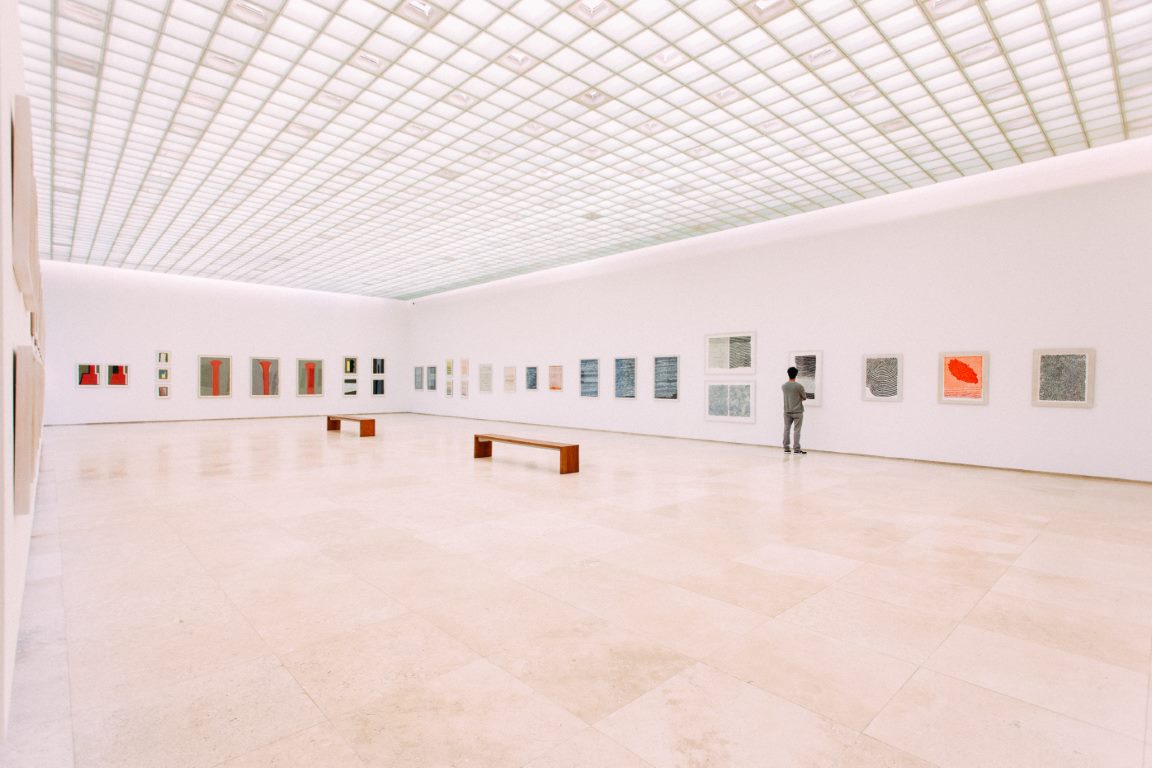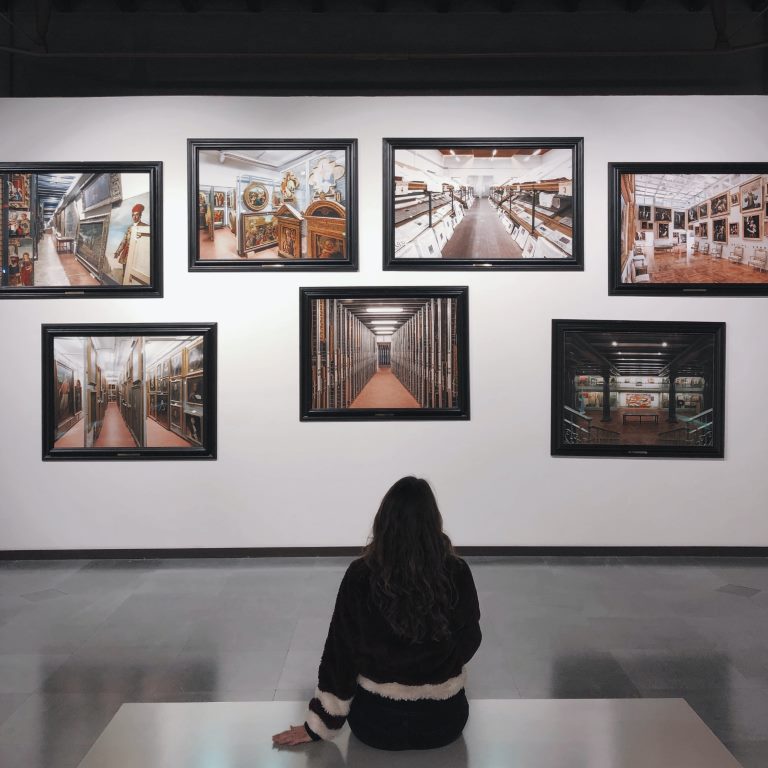How to Plan Your Krakow Auschwitz Birkenau and Wieliczka Salt Mine Day Trip
Are you planning a trip to Krakow and feeling overwhelmed with all the amazing sights you want to see? Don’t worry, we’ve got you covered! One of the most popular day trips from Krakow is the Krakow Auschwitz Birkenau and Wieliczka Salt Mine tour. In this guide, we’ll walk you through everything you need to know to plan your perfect day trip to these historical and cultural landmarks.Experience
The Krakow Auschwitz Birkenau and Wieliczka Salt Mine day trip is an exceptional opportunity to experience the most important historical and cultural sights without the hassle of coordinating logistics. Pick up and return to designated meeting points is provided, along with highly qualified official guides at both locations. The tour comes with a fresh-made lunch box that’s included in the tour price, so you can focus on enjoying your day.Highlights
Without a doubt, the highlight of this day trip is the chance to visit two of the most well-known and significant landmarks of Krakow: the Auschwitz-Birkenau Museum and Wieliczka Salt Mine. Auschwitz-Birkenau is a former Nazi concentration camp that is now a museum, which serves as a poignant reminder of the tragedies of the Holocaust. The museum is divided into two sections: Auschwitz I and Auschwitz II Birkenau. At both locations, you can expect to see historical artifacts, exhibits, and memorials. Wieliczka Salt Mine is a UNESCO World Heritage site that dates back to the 13th century. It is an underground wonderland of salt tunnels, intricate handcrafted chapels, and vast underground lakes. It’s the only mining facility that had been continuously active for 700 years – an incredible feat that has given us a unique and remarkable slice of history.Full Description
The Krakow Auschwitz Birkenau and Wieliczka Salt Mine day trip has everything you need for an unforgettable experience. The tour begins with pick up at a designated meeting point in Krakow, and from there, you will be taken to the Wieliczka Salt Mine. Our highly qualified official guides will take you on an underground tour of the tunnels, showing you the beautiful handcrafted chapels and picturesque underground lakes. During the tour, you will learn about the fascinating and often grueling history of the mine, and how it has shaped the culture and traditions of Krakow. After the Wieliczka Salt Mine, it’s time for the second part of the tour – the Auschwitz-Birkenau Museum. Our highly qualified official guide will show you around the two locations, Auschwitz I and Auschwitz II Birkenau, and explain the history behind the camp and the horrors that occurred there. Between the two tours, you will have time for a break to enjoy the lunch box that’s included in the tour price. The lunch box is fresh-made and will provide you with the energy you need to continue exploring.How to Book
To book the Krakow Auschwitz Birkenau and Wieliczka Salt Mine day trip, simply visit https://www.getyourguide.com/auschwitz-l160067/krakow-auschwitz-birkenau-and-wieliczka-salt-mine-day-trip-t424744/?partner_id=UWJ1LS2, where you can find more information about the tour, including the cost, the itinerary, and pick up locations. We suggest booking in advance to guarantee your spot on this popular tour.Book Your Tour Now
The Krakow Auschwitz Birkenau and Wieliczka Salt Mine day trip is an opportunity not to be missed. It’s a perfect way to experience two of the most significant historical and cultural landmarks in Krakow, without the stress of coordinating logistics or worrying about tickets. With the fresh-made lunch box included in the tour price, you can focus on enjoying your day and learn about the remarkable history of Krakow. Book the tour now, and we guarantee you’ll have an unforgettable experience!
Auschwitz City FAQ
1. What is Auschwitz?
Auschwitz is a city located in southern Poland, approximately 37 miles west of Krakow. It is best known for the Nazi-operated Auschwitz concentration and extermination camp, which was the largest of its kind during World War II.
2. How did Auschwitz become a concentration camp?
Auschwitz was initially a Polish army camp, and then became a prison for Polish political prisoners during the German occupation of Poland. In 1940, the camp was converted into a concentration camp for political prisoners, and later expanded to become a complex of camps that included the infamous gas chambers and crematoria.
3. What happened at Auschwitz during World War II?
During World War II, over a million people, mainly Jews but also many other prisoners, were transported to Auschwitz, where they were forced to work under inhumane conditions, subjected to medical experiments, and ultimately murdered in gas chambers or through other means. The horrors of Auschwitz became a symbol of the Holocaust and a tragic reminder of the atrocities of war.
4. Can Auschwitz be visited today?
Yes, Auschwitz is now a museum and memorial site open to the public for educational and historical purposes. Visitors can tour the site, view exhibitions, and see the remains of the former concentration camp, including the gas chambers and crematoria.
5. How long does a typical visit to Auschwitz take?
A typical visit to Auschwitz takes several hours, as the site is quite large and there is a lot to see. Visitors are encouraged to allow at least 2.5 hours for a basic tour, and additional time if they wish to see more of the exhibits and sites within the complex.
6. What is the best way to get to Auschwitz?
The most convenient way to get to Auschwitz is by car or taxi, although there are also public transportation options available such as trains and buses. Visitors should plan to arrive early in the day to avoid crowds, and be prepared for a significant amount of walking and standing during the tour.
7. Is it appropriate to take photos at Auschwitz?
While taking photos is allowed at Auschwitz, visitors are reminded to be respectful and sensitive to the historical significance of the site. Photography is not permitted inside some of the buildings, and visitors are asked to refrain from taking selfies or other inappropriate pictures.
8. Are there any restrictions on what can be brought into Auschwitz?
Visitors are not allowed to bring any large bags or backpacks into Auschwitz, and are subject to a security screening upon entry. Food and drink is not permitted inside the site, and smoking is prohibited in all areas.
9. Is Auschwitz accessible to people with disabilities?
The Auschwitz museum is committed to accessibility for all visitors, including those with disabilities. While the site may present some challenges for people with mobility or visual impairments, there are audio guides and other tools available to help visitors navigate the exhibits.
10. What is the best way to learn more about Auschwitz?
The Auschwitz museum offers guided tours, lectures, and other educational programs for visitors interested in learning more about the history of the site and its significance. There are also numerous books, films, and other resources available for those who wish to delve deeper into this important chapter in history.
Book Your Tour Now
Visiting Auschwitz is a powerful and emotional experience that can offer insight into one of the darkest periods of human history. While the site is a memorial to the victims of the Holocaust, it is also a reminder of the importance of tolerance, respect, and compassion in our world today.

How to spend your time as a tourist in Auschwitz
Auschwitz is known as the largest concentration camp that existed during World War II. Today, it stands as a memorial to the people who lost their lives during the Holocaust. As a tourist, it is important to grasp the magnitude and tragedy of the site. Here are some tips on how to make the most of your visit to Auschwitz.1. Book your tour beforehand
To visit Auschwitz, you must have a guide with you. Due to the high demand of visitors, it is essential to book your tour in advance to avoid disappointment. You can make your reservation through the official website for Auschwitz-Birkenau or through a tour operator.2. Arrive Early
The site opens at 8 am and it is recommended that you arrive early to avoid the crowds that can accumulate later in the day. Also, keep in mind that the complex is rather vast, and it can take a full day to explore.3. Wear Comfortable Clothes and Shoes
Auschwitz is a historical site that covers a vast area, so make sure you wear comfortable clothes and sturdy shoes. The ground can be uneven and rocky, so it is essential to wear appropriate footwear.4. Visit the Auschwitz Museum
Start your tour with a visit to the Auschwitz Museum, where you will find exhibitions presenting the history of the camp, along with artifacts and personal items belonging to the victims. Here you can also tour the buildings that once served as prisoner housing and learn about the lives of those who were imprisoned there.5. Visit the Birkenau Memorial and Museum
Birkenau was the largest extermination centre within the Auschwitz complex. Here you can see the vast expanse of the remains of the buildings and the gas chambers. The Birkenau Memorial and Museum is located near Auschwitz, providing visitors with more information about one of the darkest periods in human history.6. Take a Guided Tour
A guided tour can provide you with a detailed insight into the conditions of the camp and the lives of the people who lived there. You can choose from different types of tours, including ones that explore the extermination camps and ones that offer an emotional experience, allowing you to see the camp through the eyes of the prisoners.7. Respect the Site
It is important to keep in mind that Auschwitz is a place of great tragedy; as such, it is essential to respect the site and the memory of the people who lost their lives there. Visitors are asked to behave appropriately and to refrain from taking selfies or other inappropriate photographs.8. Follow the Rules
Ensure that you follow the rules of the site, such as not smoking, littering, or making loud noises. Visitors are also discouraged from taking food and drinks inside the site.9. Take Your Time and Reflect
Visiting Auschwitz can be overwhelming and emotionally draining, so take your time and reflect on what you have seen. It is recommended that you take a few moments to contemplate the importance of remembrance and the lessons learned from the atrocities committed during the Holocaust.10. Seek Support if Needed
Lastly, if you find visiting Auschwitz too difficult, seek support if needed. The site provides services for those who need emotional support, and there are counselors available for those who require further assistance.Book Your Tour Now
A visit to Auschwitz is an essential part of understanding the holocaust and the tragedy that occurred. As a tourist, it is important to pay respects to the people who lost their lives and not to forget the lessons that come with it. By following these above tips, you can make the most out of your visit to Auschwitz while being respectful and sensitive to the historical significance of the site.Table of Contents

